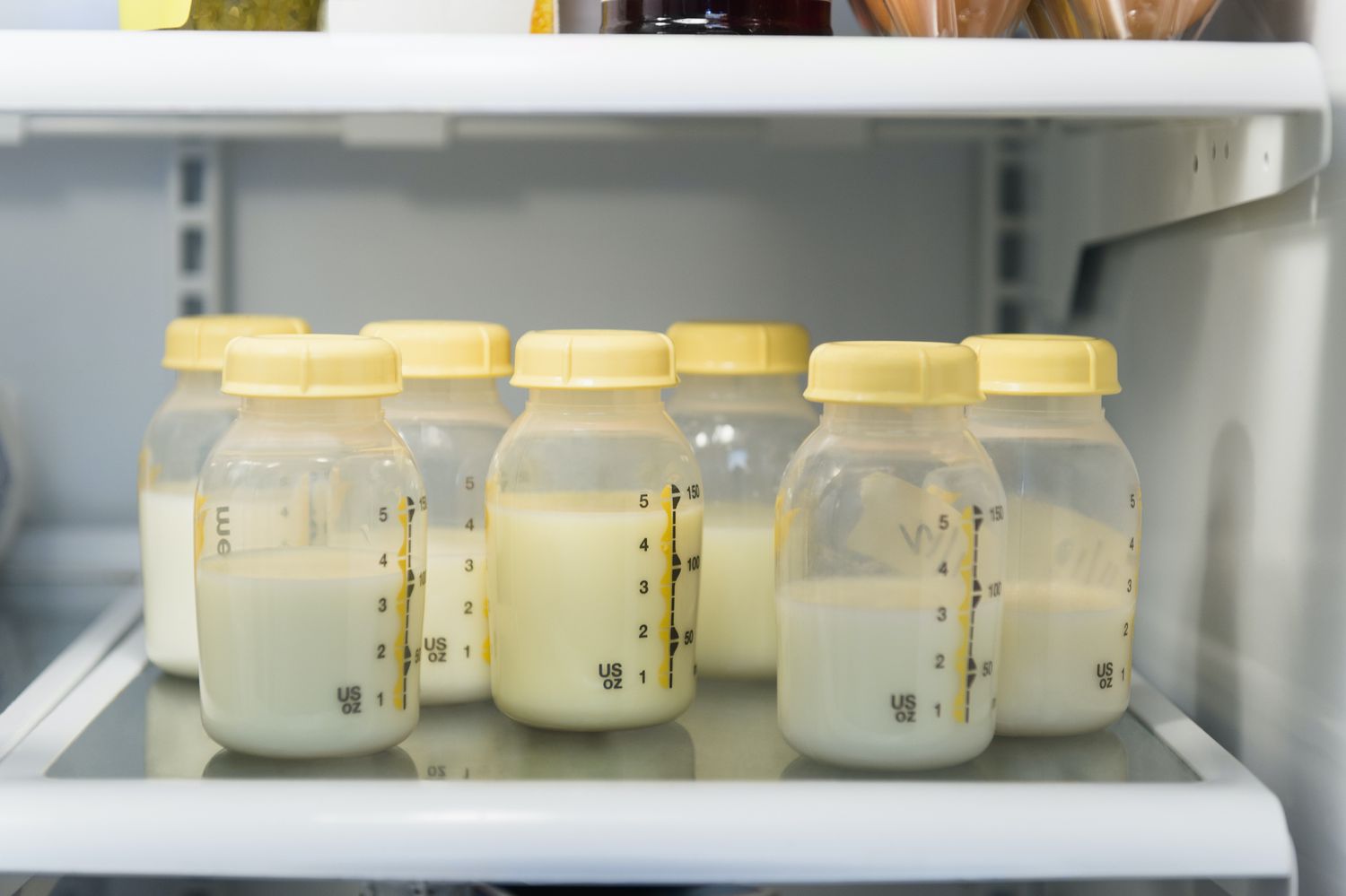

Articles
How To Store Your Breast Milk
Modified: February 23, 2024
Learn effective and safe methods for storing your breast milk in this comprehensive collection of articles. Find tips and guidelines to ensure the freshness and quality of your expressed milk.
(Many of the links in this article redirect to a specific reviewed product. Your purchase of these products through affiliate links helps to generate commission for Storables.com, at no extra cost. Learn more)
Introduction
Storing breast milk is a crucial aspect of breastfeeding for many mothers. Whether you’re heading back to work, need to build up a supply for emergencies, or simply want the flexibility to have someone else feed your baby, knowing how to properly store your breast milk is essential. In this article, we will guide you through the process of storing your breast milk to ensure its freshness and nutritional value.
It is important to note that breast milk contains numerous antibodies and vital nutrients that help protect your baby’s health and contribute to their development. By storing your breast milk correctly, you can preserve these valuable components and ensure your baby receives the full benefits of your milk, even when you are not available to nurse.
One of the first steps in proper breast milk storage is choosing the right containers. It is essential to select containers that are safe, sterile, and specifically designed for storing breast milk.
Key Takeaways:
- Properly storing breast milk is essential to preserve its nutrients and antibodies. Choose BPA-free, sterile containers and follow safe handling practices to maintain freshness and quality.
- Freezing breast milk allows for long-term storage, providing convenience and flexibility. Thaw frozen milk safely, avoid microwaving, and follow guidelines for maintaining milk supply.
Read more: How To Store And Freeze Breast Milk
Choosing the Right Containers
When it comes to choosing the containers for storing breast milk, there are a few factors to consider. First and foremost, ensure that the containers are specifically designed for storing breast milk. This is crucial because these containers are made from materials that are safe for storing breast milk and are free from any harmful chemicals.
Opt for BPA-free containers, as bisphenol A (BPA) is a compound found in some plastic containers that may potentially leach into the breast milk and pose a risk to your baby’s health. Look for containers labeled as ‘BPA-free’ to ensure the highest level of safety.
The containers should also be sterile. Clean and sanitize them thoroughly before each use to eliminate any bacteria or germs. This can be done by washing them with warm soapy water and then boiling them for a few minutes. Alternatively, you can use a sterilizer specifically designed for baby feeding equipment.
It is recommended to use containers with airtight seals to prevent any contamination or leakage. This will help maintain the freshness and quality of the breast milk. Containers with screw-on lids or snap-on lids are excellent options for storing breast milk securely.
When it comes to the size of the containers, choose smaller ones that hold around 2 to 4 ounces of breast milk. This is because smaller portions are easier to thaw and warm, allowing you to defrost only the amount of milk needed for each feeding session. This helps prevent any waste and ensures that your baby receives freshly thawed breast milk each time.
Lastly, consider using transparent or translucent containers. This allows you to easily monitor the freshness and quality of the breast milk, as well as keep track of the dates when it was pumped. Using containers that can be labeled with the date and time of expression is also helpful for maintaining a proper rotation of stored breast milk.
By choosing the right containers, you can ensure that your breast milk stays safe, fresh, and of the highest quality for your baby’s consumption.
Storing Breast Milk in the Refrigerator
Refrigeration is a common method used to store breast milk for short-term use. To properly store breast milk in the refrigerator, follow these guidelines:
- Always store breast milk in clean, sterilized containers with airtight lids. Ensure that the containers are labeled with the date and time of expression.
- Make sure your refrigerator is set to a temperature of 40°F (4°C) or lower to keep the milk safe and fresh. Use a refrigerator thermometer to verify the temperature.
- Place the filled containers of breast milk towards the back of the refrigerator, where the temperature is more consistent. Avoid placing them in the door or near the front, where the temperature may fluctuate when the refrigerator is opened frequently.
- Try to store breast milk away from raw meats, eggs, and other strong-smelling foods to prevent any odors from seeping into the milk.
- Do not store breast milk in the refrigerator door, as the temperature fluctuates there more than in other parts of the refrigerator.
- Keep in mind that freshly expressed breast milk can be stored in the refrigerator for up to 4–8 days, depending on various factors such as the cleanliness of the containers, the temperature consistency, and the overall quality of the milk.
- If you are unsure about the freshness of the breast milk, you can use the “sniff test” to check for any sour or off-putting smell. If the milk smells rancid or has an off odor, it is best to discard it.
Remember to always use the oldest milk first when feeding your baby to ensure that none of the stored milk goes to waste. If you need to use the stored breast milk, gently swirl the container to mix the separated milk layers before offering it to your baby. Avoid shaking the milk vigorously, as this can destroy some of its beneficial properties.
By properly storing breast milk in the refrigerator, you can safely keep it fresh for your baby’s feeding needs while ensuring that the milk remains safe and free from any contamination.
Freezing Breast Milk
Freezing breast milk is an excellent option for long-term storage. It allows you to build up a supply of breast milk that can be used when needed, providing convenience and flexibility. Follow these steps to freeze your breast milk:
- Start by ensuring that the breast milk containers are clean, sterilized, and labeled with the date and time of expression.
- Pour the freshly expressed breast milk into the containers, leaving some space at the top to allow for expansion during freezing. It is important not to overfill the containers, as the milk will expand as it freezes.
- Seal the containers tightly with the airtight lids to prevent any air or moisture from entering, which can affect the quality of the frozen milk.
- Place the filled containers in the freezer in an area where they will not be disturbed. The back of the freezer is usually the coldest and most consistent area.
- It is recommended to freeze breast milk in small portions, such as 2 to 4 ounces, to make it easier to thaw and use the exact amount needed for each feeding session.
- If you have excess milk, you can consider using breast milk storage bags. These bags are specially designed for freezing breast milk and take up less space in the freezer. Make sure to follow the instructions on the bags for proper sealing and labeling.
- Remember to use the oldest frozen milk first to maintain a proper rotation and minimize any waste.
- It is important to note that the safe storage duration for frozen breast milk can vary depending on the temperature and storage conditions. In general, frozen breast milk can be safely stored for up to 6–12 months in a standard freezer. However, for best quality, it is ideal to use the frozen breast milk within 3–6 months.
When freezing breast milk, it is normal to see separation, with the fat layer rising to the top. This is perfectly fine and does not affect the quality or nutritional value of the milk. Gently swirling the container after thawing will evenly distribute the fat throughout the milk.
By following these freezing guidelines, you can ensure that your breast milk remains safe and nutritious for your baby’s consumption over an extended period of time.
Store breast milk in clean, BPA-free containers with tight-fitting lids. Label with date and use oldest milk first. Store in the back of the fridge or in the freezer for longer storage.
Thawing and Using Frozen Breast Milk
Thawing frozen breast milk properly is crucial to maintain its nutritional integrity and safety. Here’s a step-by-step guide on how to thaw and use frozen breast milk:
- Remove the frozen breast milk from the freezer and place it in the refrigerator. Thawing breast milk in the refrigerator is the safest method as it maintains a consistent temperature and helps prevent the growth of bacteria.
- Allow the breast milk to thaw in the refrigerator overnight or for a few hours until it reaches a liquid state. This slow and gentle thawing process helps preserve the quality of the milk.
- If you need to use the thawed breast milk immediately, you can speed up the thawing process by placing the sealed container in a bowl of warm water. Avoid using hot water or microwaving the breast milk, as this can destroy some of the valuable nutrients and immunological properties.
- Once the breast milk is thawed, give it a gentle swirl to mix the separated layers thoroughly. Avoid shaking the milk vigorously, as this can break down some of the proteins and nutrients.
- Check the temperature of the thawed breast milk by placing a few drops on your wrist. It should feel lukewarm or at body temperature. If necessary, warm the milk slightly by running the container under warm water or using a bottle warmer. Avoid overheating the milk, as it can scald your baby’s mouth.
- Discard any leftover breast milk that has not been consumed within 1–2 hours after thawing and feeding your baby.
- Do not refreeze thawed breast milk. Once it reaches a liquid state, it should be used within 24 hours. If your baby does not finish the thawed breast milk within this period, it is best to discard it.
When using thawed breast milk, it is normal to notice slight changes in color or texture. This is due to the natural variations in breast milk and does not affect its safety or nutritional value.
Remember to never refreeze thawed breast milk or mix it with fresh breast milk that has not been previously frozen. This can introduce bacteria and compromise the quality of the milk.
By following these guidelines, you can safely thaw and use frozen breast milk to provide your baby with nourishment even when you are away or unable to breastfeed directly.
Read more: How To Store Breast Milk In Freezer
Safe Handling and Storage Practices
Proper handling and storage of breast milk are essential to maintain its safety and quality. Here are some important practices to follow:
- Always wash your hands thoroughly with soap and water before expressing breast milk or handling the containers. This helps prevent the transfer of germs and bacteria.
- Make sure that all the containers and pumping equipment used for expressing breast milk are clean and sterilized. Wash them with warm soapy water and rinse them well before each use.
- When transferring the freshly expressed breast milk into storage containers, use a funnel or a clean pouring mechanism to minimize contact between the milk and the external environment.
- Label each container with the date and time of expression. This helps you keep track of the freshness of the milk and ensures proper rotation.
- Store breast milk in quantities that match your baby’s feeding needs to minimize waste. Starting with smaller portions and increasing as needed can help prevent leftovers.
- Never add freshly expressed breast milk to already frozen breast milk. Allow the freshly expressed milk to cool down in the refrigerator before combining it with the frozen milk.
- Avoid storing breast milk in the refrigerator or freezer door, as these areas experience temperature fluctuations each time the door is opened.
- Use clean and sanitized feeding bottles and nipples when feeding your baby the stored breast milk. Follow the manufacturer’s instructions for proper cleaning and sterilization.
- If you are using breast milk storage bags, squeeze out any excess air before sealing them tightly. This helps prevent freezer burn and maintains the quality of the milk.
- If you are traveling with stored breast milk, use insulated cooler bags with ice packs to keep the milk cold and safe. Avoid exposing the milk to direct sunlight or extreme temperatures.
- If you are unsure about the freshness or quality of stored breast milk, trust your instincts and err on the side of caution. It is better to discard milk that you suspect may be unsafe rather than risk feeding it to your baby.
By following these safe handling and storage practices, you can ensure that your breast milk remains safe, free from contamination, and of the highest quality for your baby’s consumption.
Tips for Maintaining Milk Supply
Ensuring a healthy and steady milk supply is crucial for breastfeeding mothers. Here are some tips to help you maintain and boost your milk supply:
- Establish a consistent breastfeeding routine. Breastfeed your baby on demand or every 2 to 3 hours during the day and 3 to 4 hours at night. The more frequently you nurse, the more signals your body receives to produce milk.
- Offer both breasts during each feeding session to stimulate milk production. Start with one breast and switch to the other when the baby shows signs of decreased sucking or completes feeding on the first breast.
- Practice proper breastfeeding technique. Ensure your baby latches on correctly, and their mouth covers the areola, not just the nipple. This helps the baby effectively extract milk and stimulates your breasts for increased milk production.
- Stay well-hydrated by drinking plenty of fluids throughout the day. Aim to have at least 8 to 10 glasses of water or other healthy beverages.
- Eat a balanced and nutritious diet that includes breastfeeding-friendly foods such as whole grains, fruits, vegetables, lean proteins, and healthy fats. These foods provide the necessary nutrients to support milk production.
- Consider using breast compression techniques during breastfeeding to encourage milk flow. Gently compress your breasts while the baby is nursing to ensure effective milk transfer.
- Get enough rest and sleep. Fatigue can negatively impact milk supply, so prioritize self-care and aim for adequate rest whenever possible.
- Avoid excessive stress, as it can interfere with milk production. Practice relaxation techniques, engage in activities you enjoy, and seek support from your partner, family, or a lactation consultant if needed.
- Consider pumping between feedings to increase milk supply and build up a stash of stored breast milk. Pumping stimulates milk production and helps maintain supply even when you’re not directly breastfeeding.
- Try breastfeeding positions that allow for better milk transfer, such as the laid-back position or the side-lying position. These positions can improve milk flow and help your baby latch on more effectively.
- Consult with a lactation consultant for personalized advice and support. They can guide you through any challenges and provide strategies to help maintain and increase your milk supply.
Remember, every mother’s breastfeeding journey is unique, and it’s important to listen to your body and your baby’s cues. With patience, perseverance, and proper support, you can maintain a healthy milk supply to nourish your baby.
Frequently Asked Questions
Here are some commonly asked questions about storing breast milk:
- Q: Can I mix different batches of breast milk together before freezing?
A: Yes, you can mix freshly expressed milk with chilled milk that has been stored in the refrigerator. However, it is best not to mix different batches of milk that have been previously frozen, as this can affect the quality and safety of the milk. - Q: How long can I keep breast milk at room temperature?
A: It is recommended to use or refrigerate breast milk within 4 hours after expressing it at room temperature. If the temperature is higher than 77°F (25°C), use or refrigerate the milk within 2 hours. - Q: Can I store breast milk in the freezer door?
A: It is not recommended to store breast milk in the freezer door, as this area experiences more temperature fluctuations each time the door is opened. To maintain the quality and safety of the milk, store it towards the back of the freezer where the temperature is more consistent. - Q: Can I thaw frozen breast milk in the microwave?
A: It is not safe to thaw or heat breast milk in the microwave. Microwaving can create hot spots in the milk, which can scald your baby’s mouth. It can also destroy some of the beneficial components of the milk. It is best to thaw breast milk by placing it in the refrigerator or using a bowl of warm water. - Q: How do I know if frozen breast milk has gone bad?
A: Frozen breast milk can retain its quality for up to 6–12 months in a standard freezer, depending on various factors. However, if the milk has an off odor, looks discolored, or has clumps, it may be spoiled and should not be used. - Q: Can I freeze breast milk in glass containers?
A: Yes, you can freeze breast milk in glass containers that are specifically designed for freezing. Ensure that the containers are made from tempered glass and have airtight lids. Leave some space at the top to allow for expansion during freezing. - Q: Can I add freshly expressed breast milk to already refrigerated breast milk?
A: Yes, you can add freshly expressed breast milk to already refrigerated breast milk. Just make sure to cool down the freshly expressed milk in the refrigerator first before combining it with the cold milk. - Q: Can I reuse breast milk storage bags?
A: Breast milk storage bags are designed for single-use and are not recommended for reuse due to contamination risks. It is best to use a new, sterile bag for each pumping session. - Q: How can I transport pumped breast milk while traveling?
A: When traveling, use insulated cooler bags with ice packs to keep the breast milk cold. Place the sealed containers of breast milk inside the cooler bag to maintain the required temperature. Avoid exposing the milk to direct sunlight or extreme temperatures. - Q: Can I donate my stored breast milk?
A: Yes, you can donate stored breast milk to Human Milk Banking Organizations (HMBOs). These organizations collect, screen, and pasteurize donated milk to provide it to infants in need, particularly premature or medically fragile babies.
If you have any other concerns or specific questions about storing breast milk, it is recommended to consult with a healthcare professional or a lactation consultant for personalized guidance.
Frequently Asked Questions about How To Store Your Breast Milk
Was this page helpful?
At Storables.com, we guarantee accurate and reliable information. Our content, validated by Expert Board Contributors, is crafted following stringent Editorial Policies. We're committed to providing you with well-researched, expert-backed insights for all your informational needs.
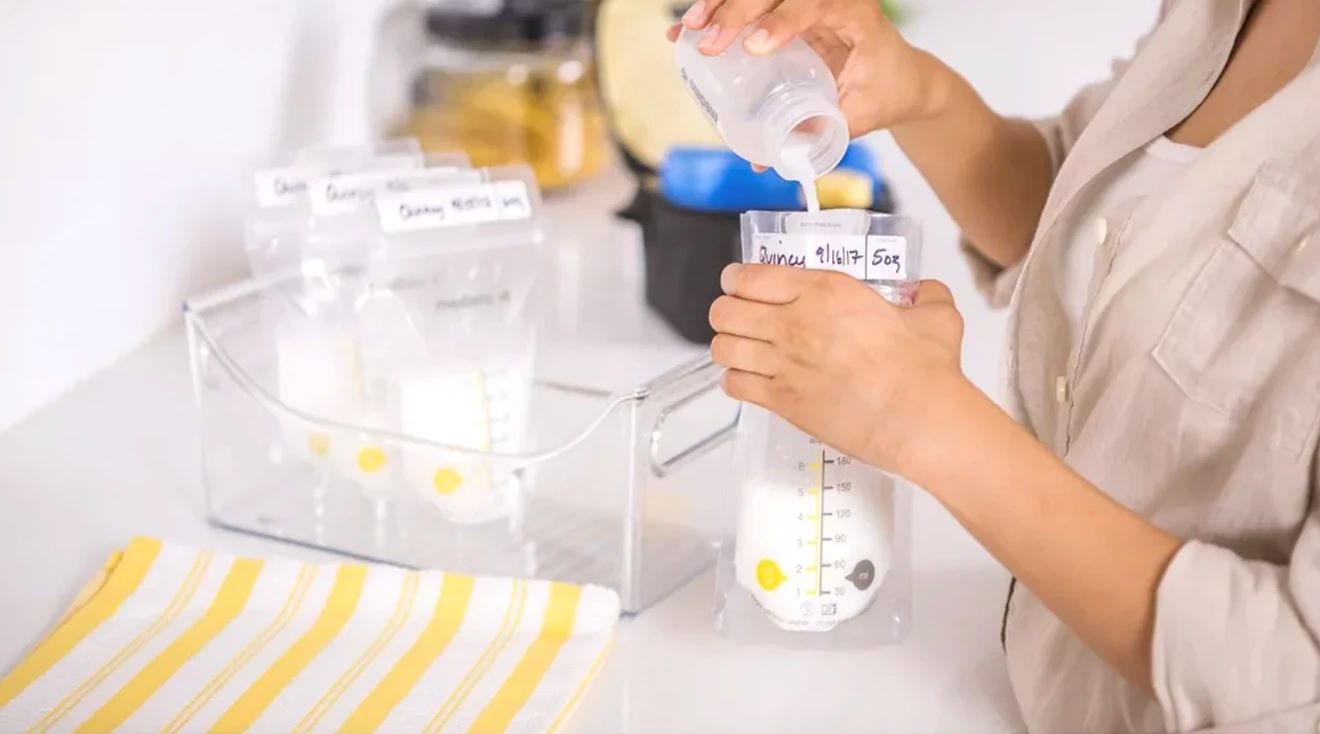
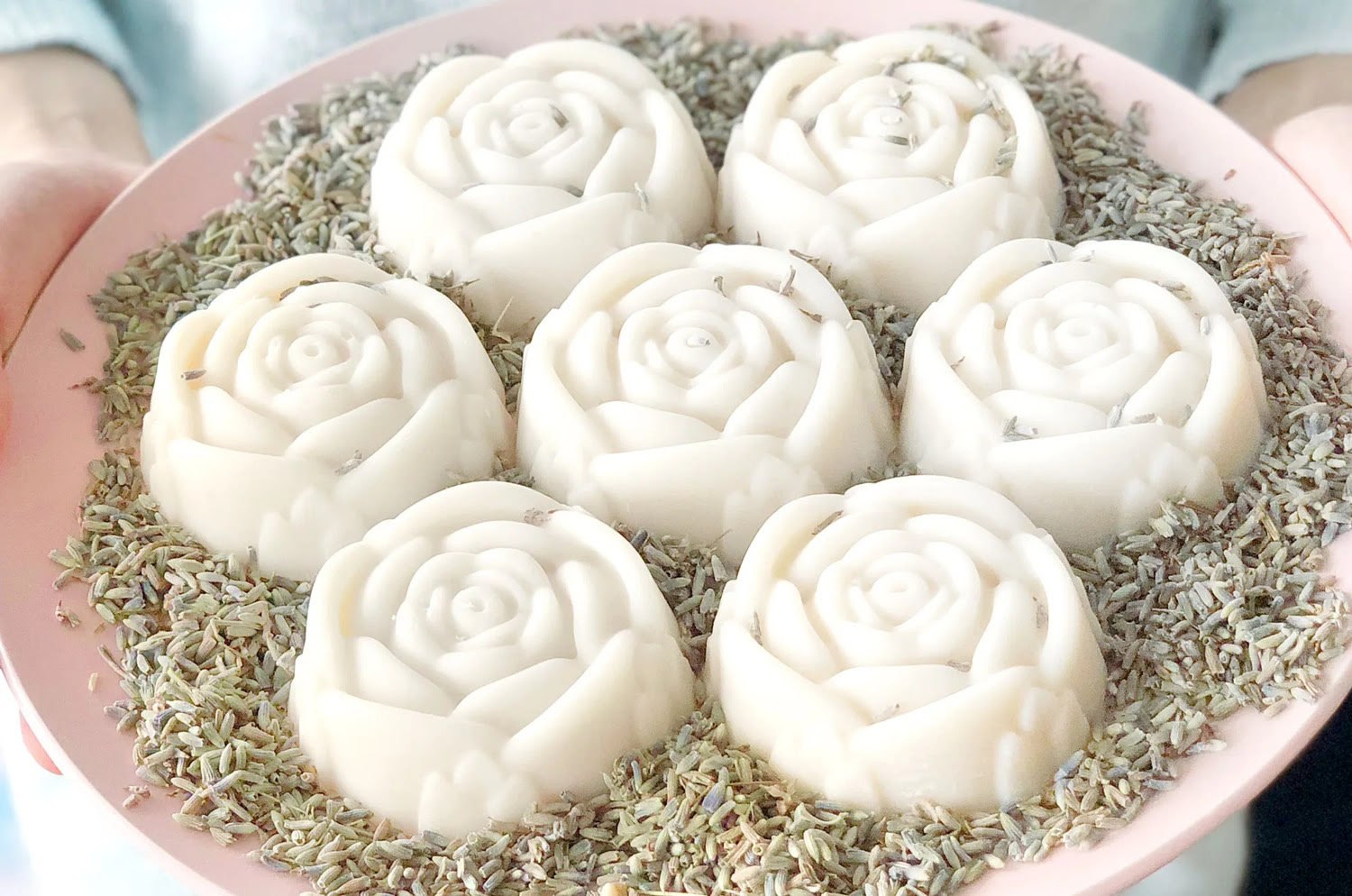
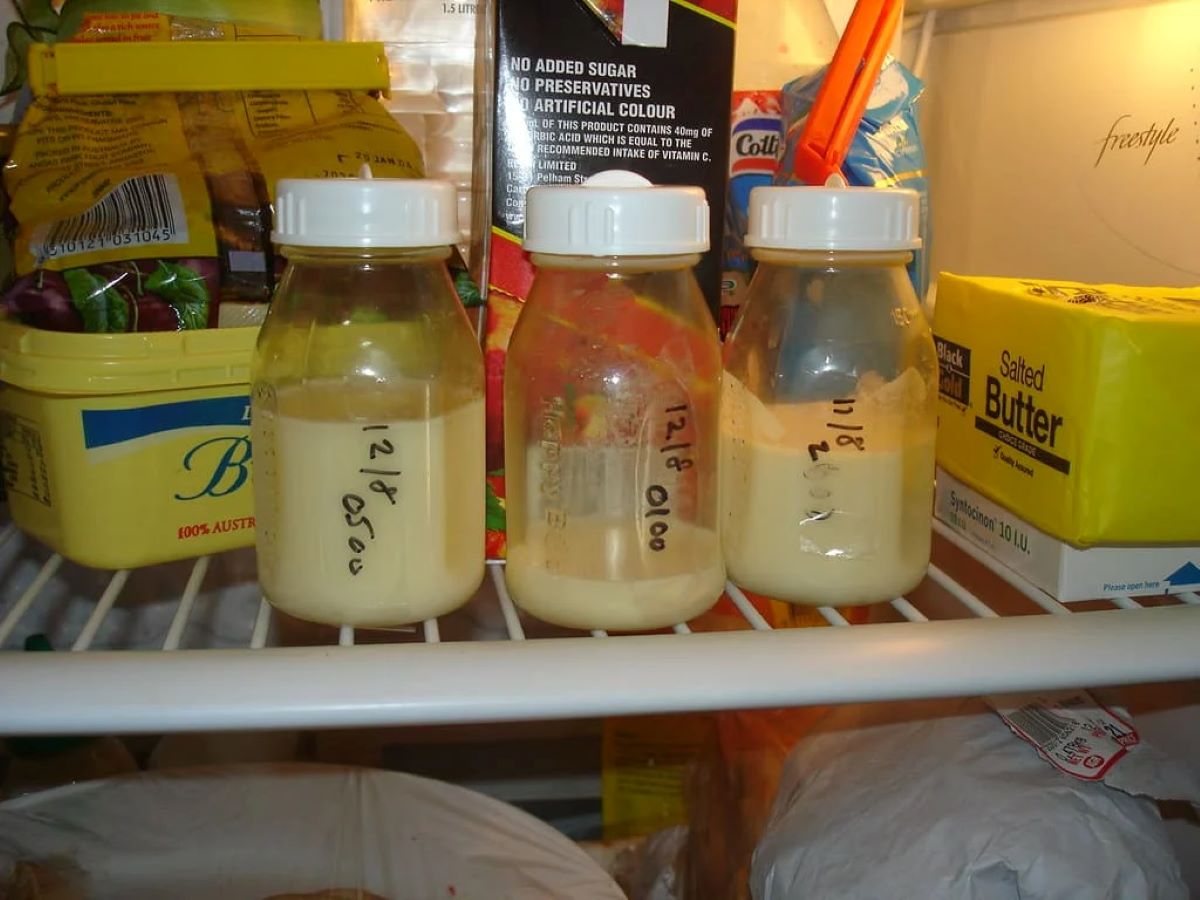
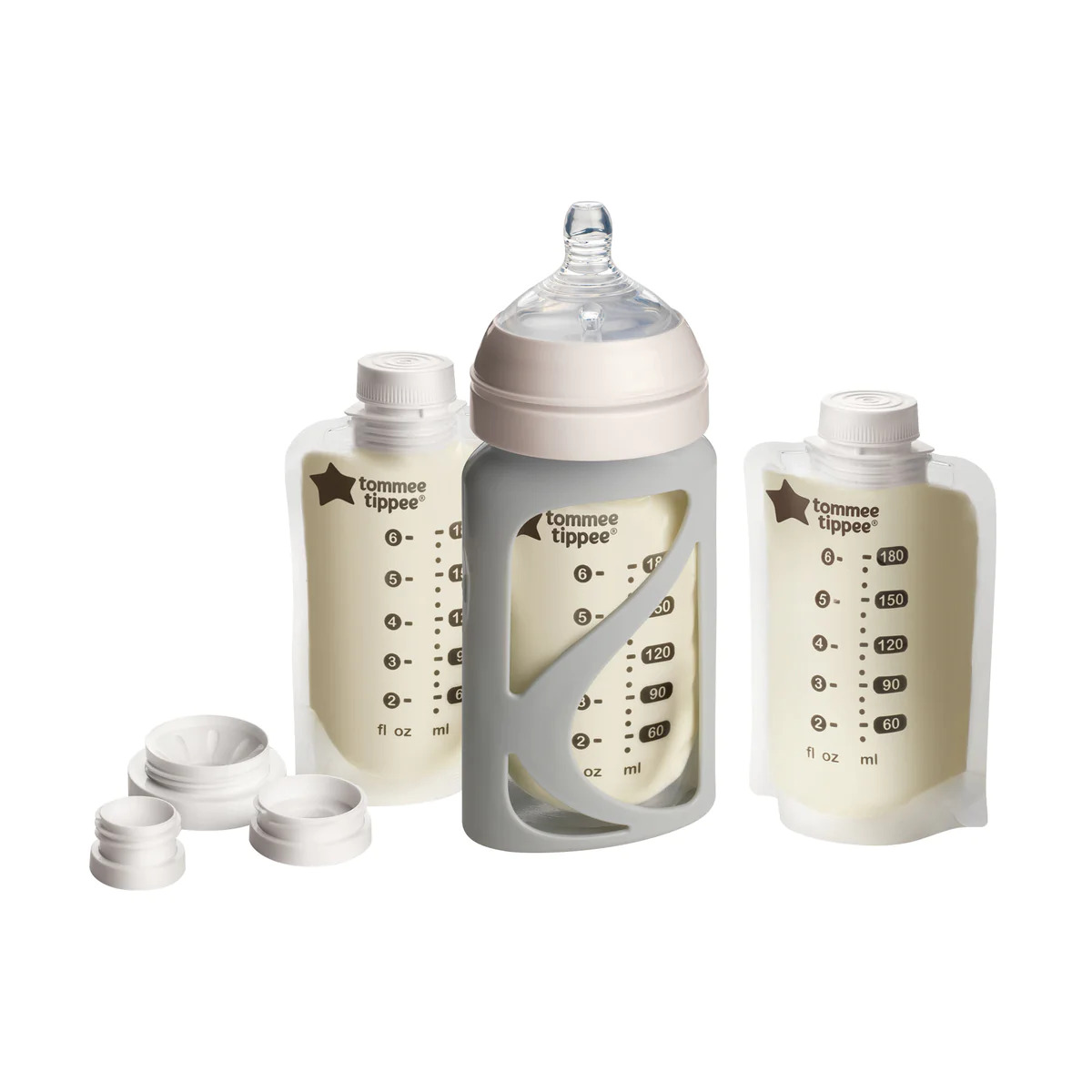
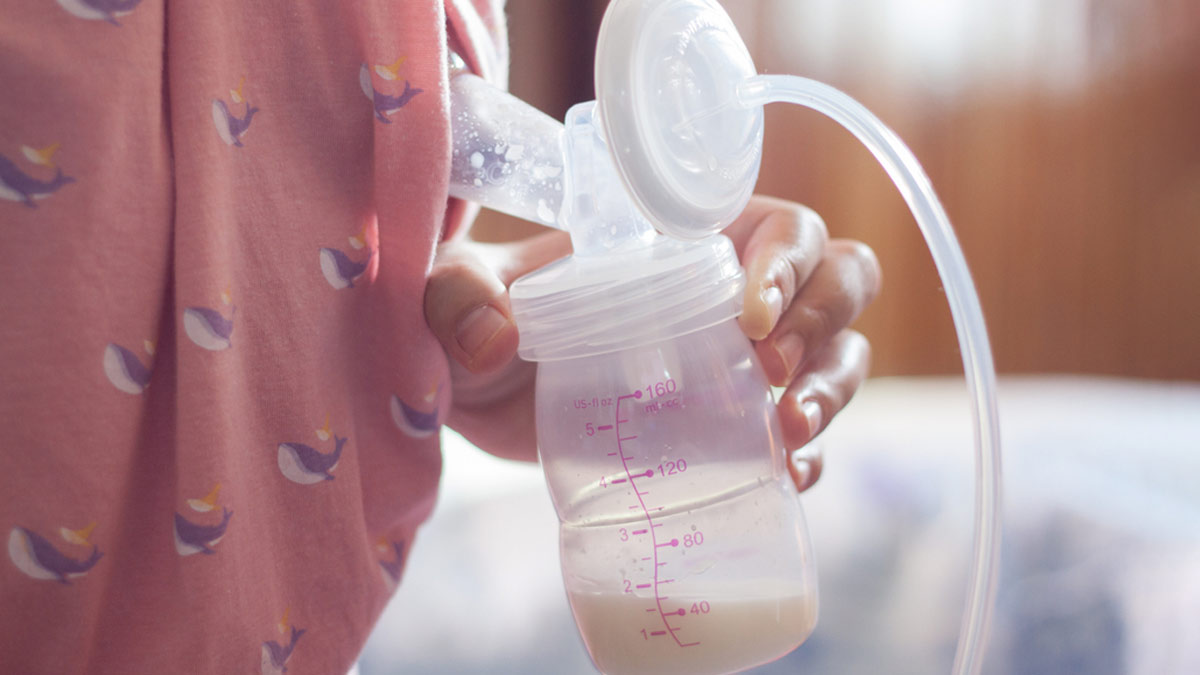
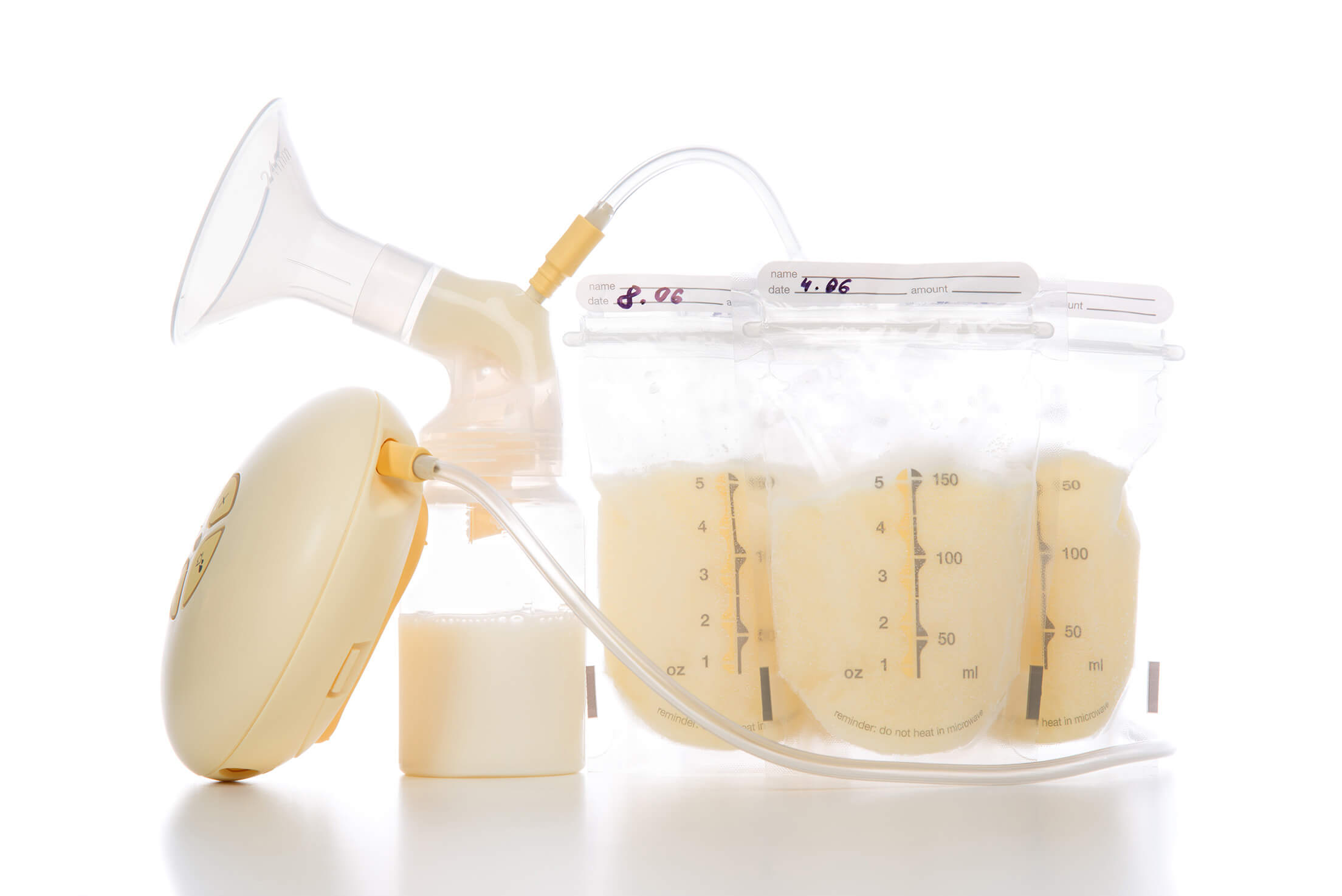
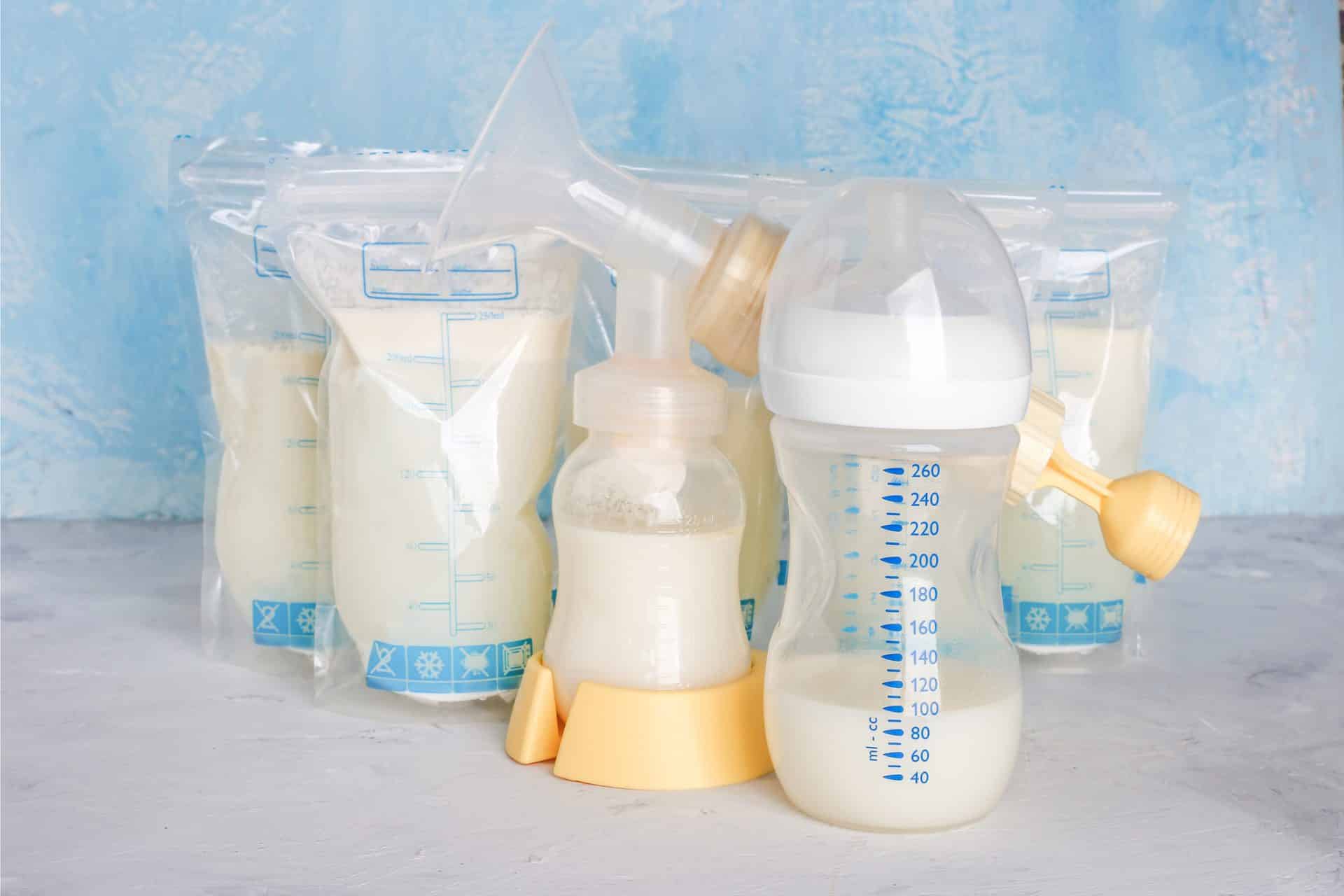
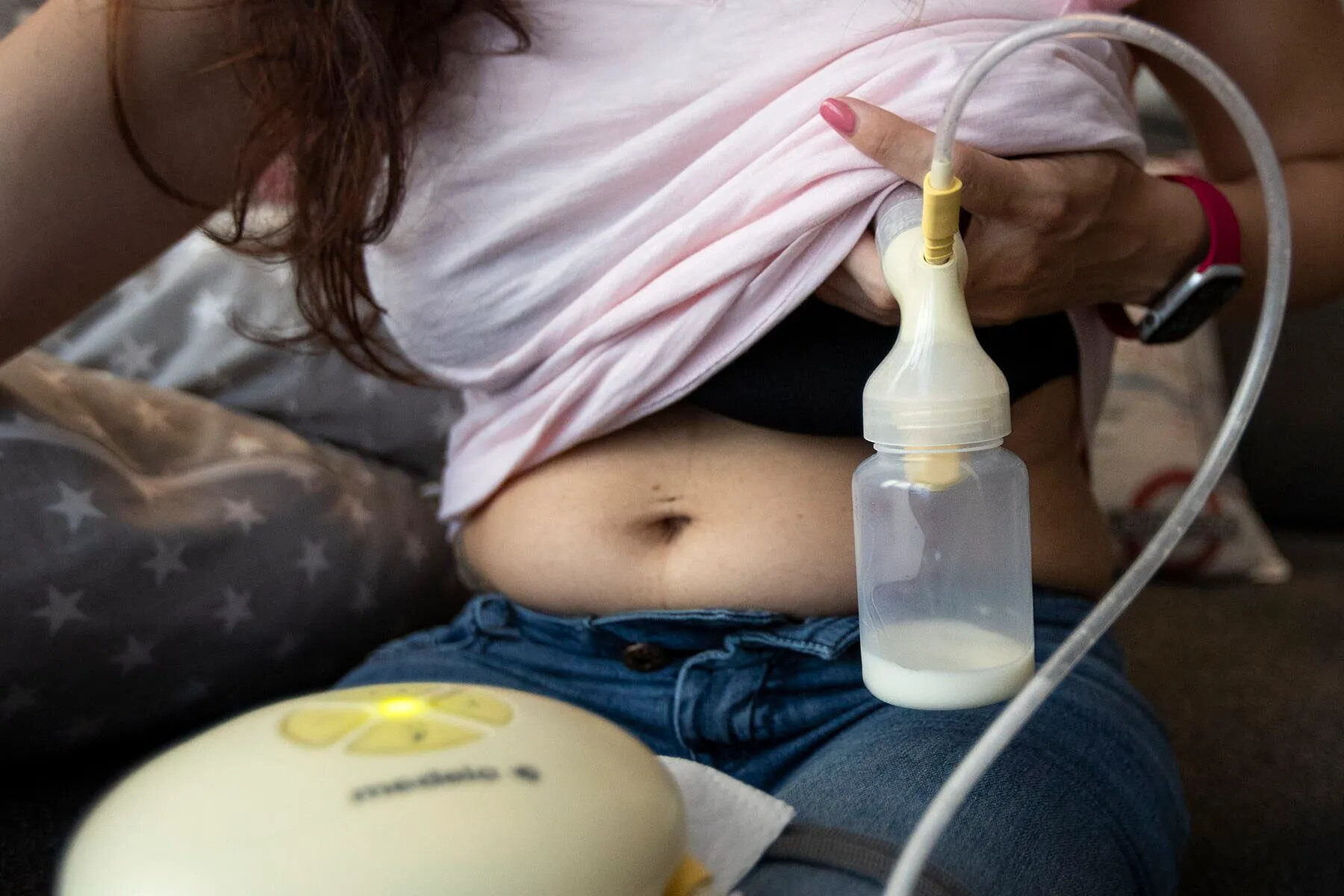
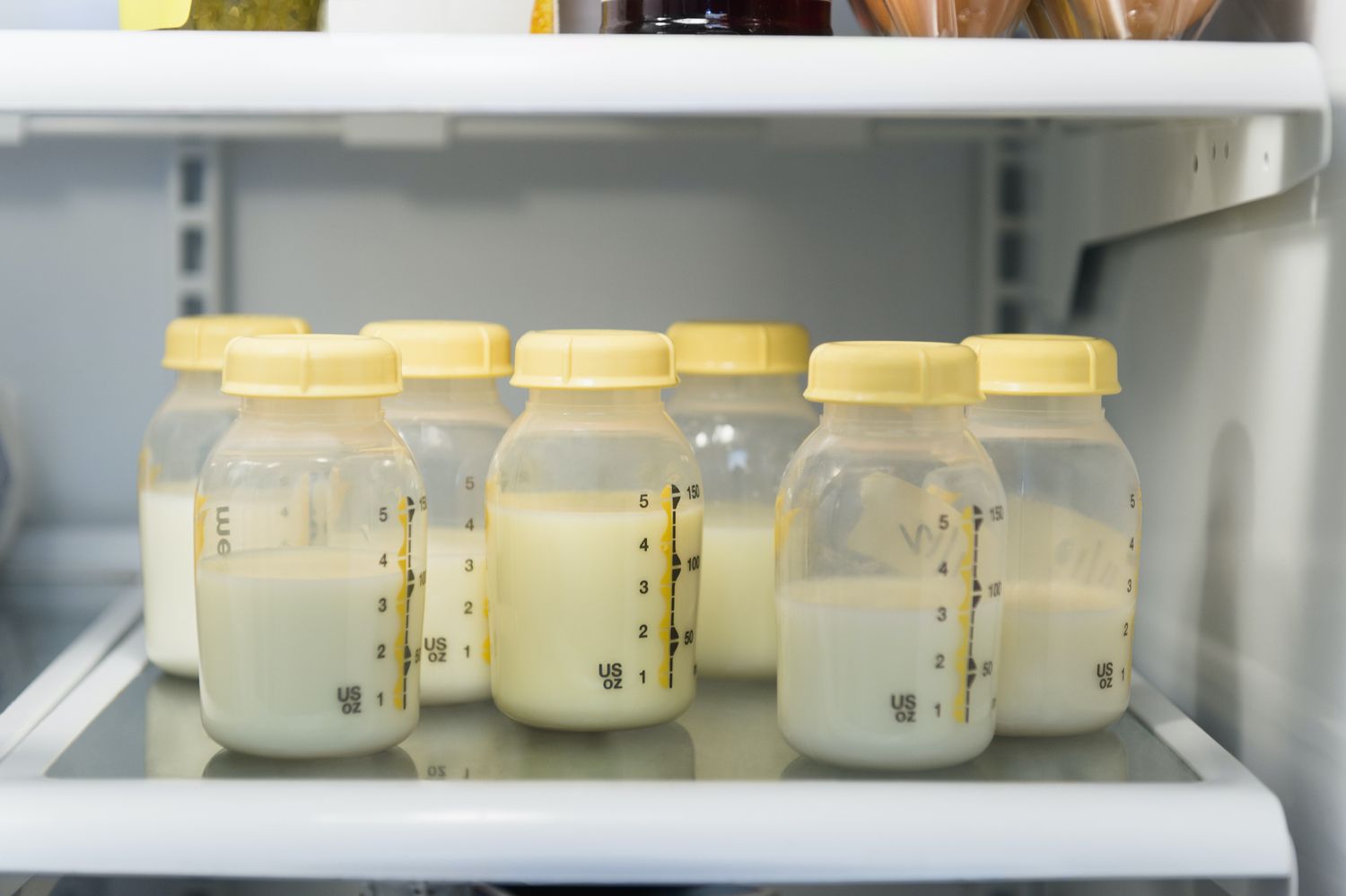
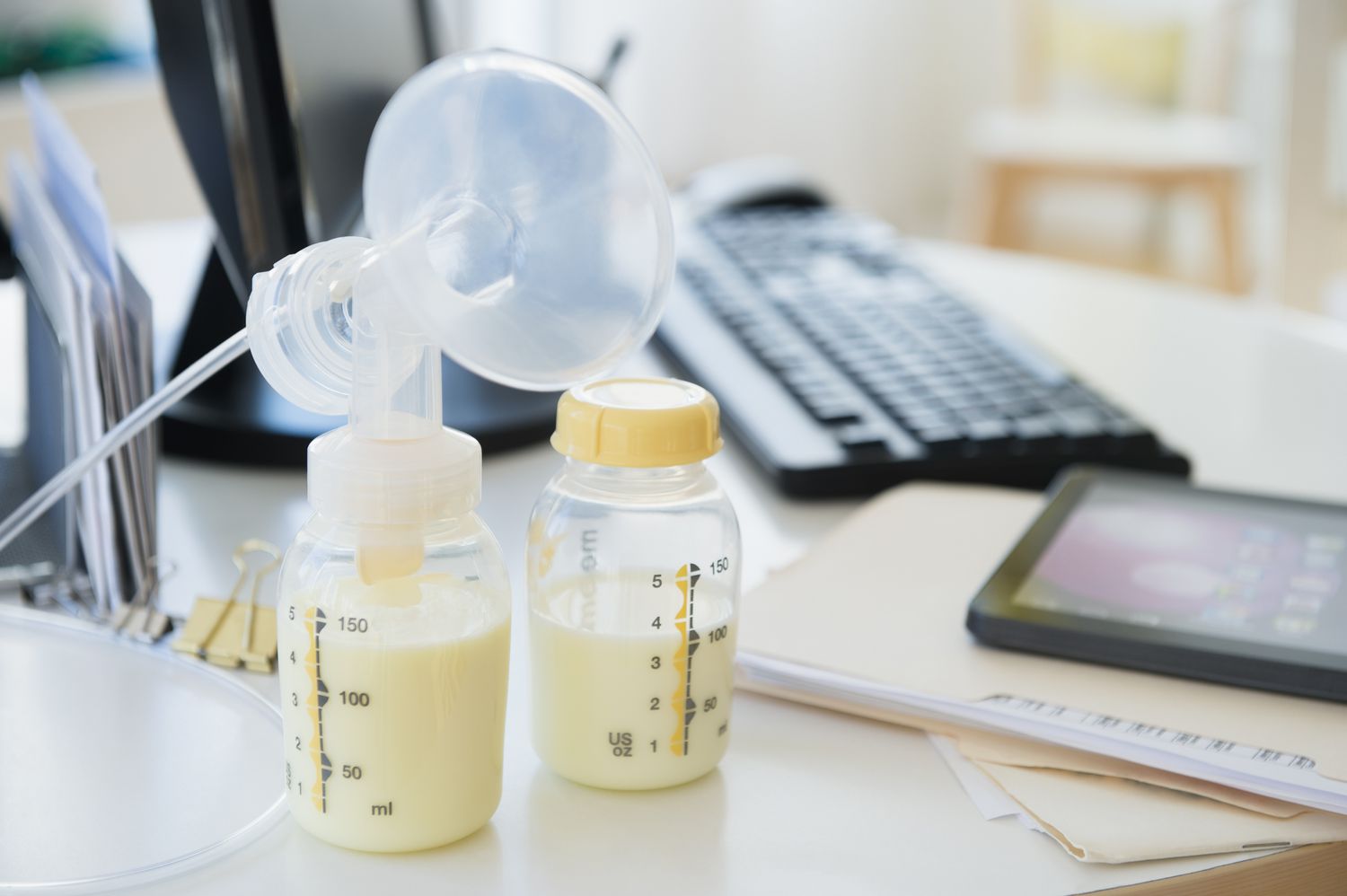
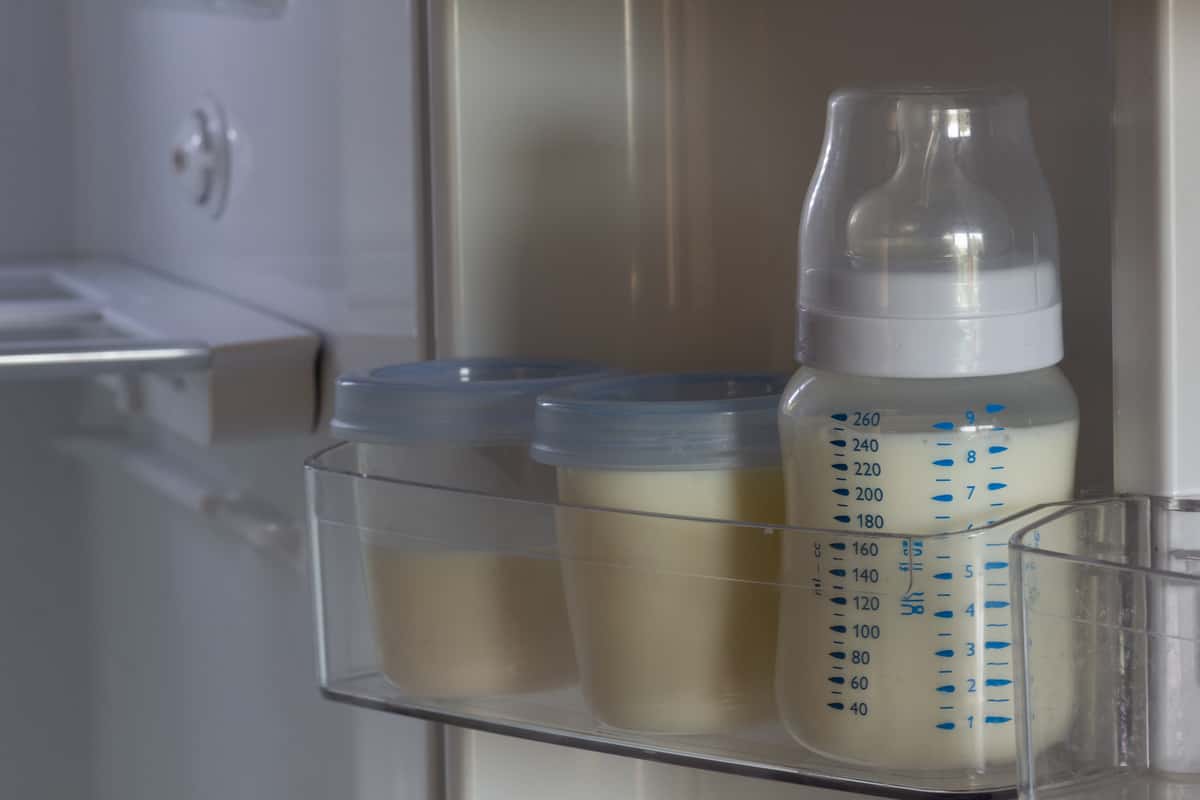
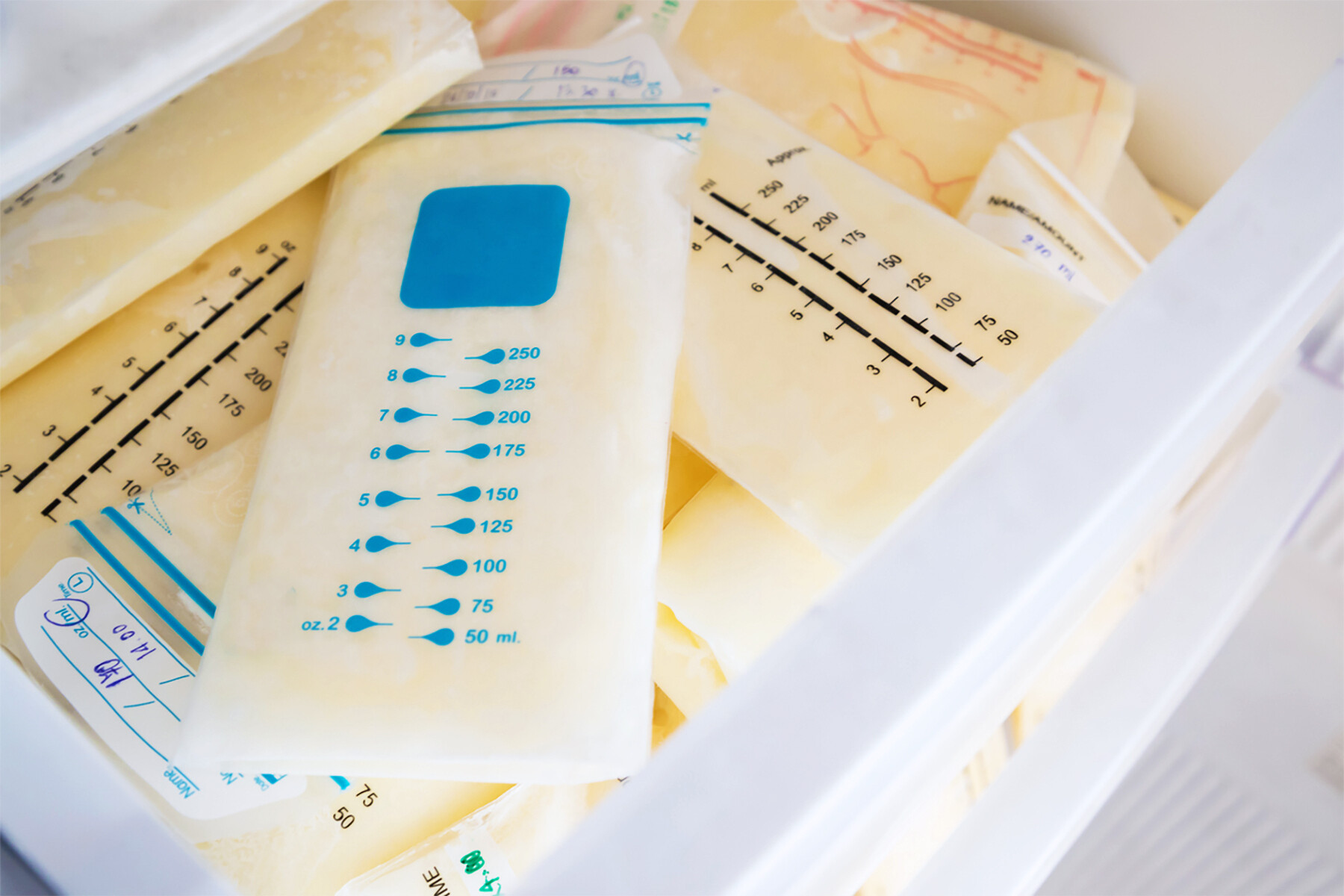
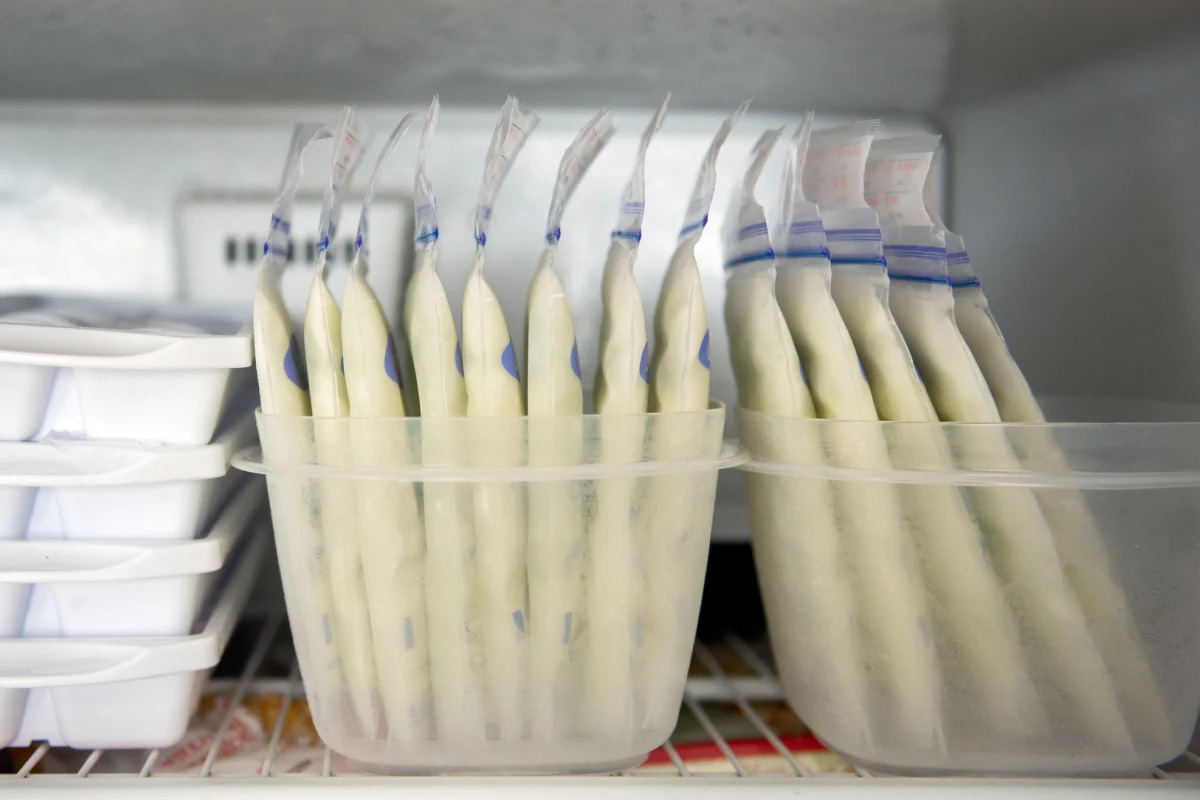
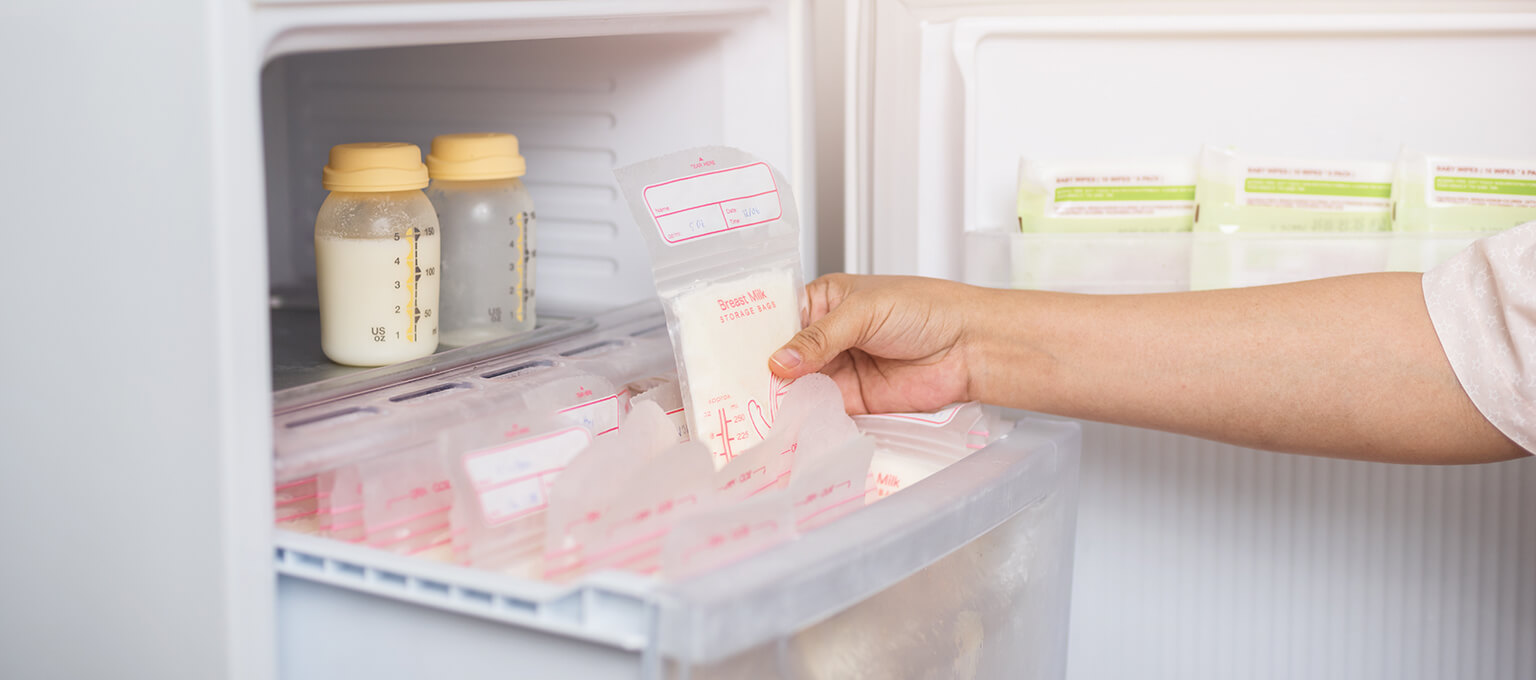

0 thoughts on “How To Store Your Breast Milk”